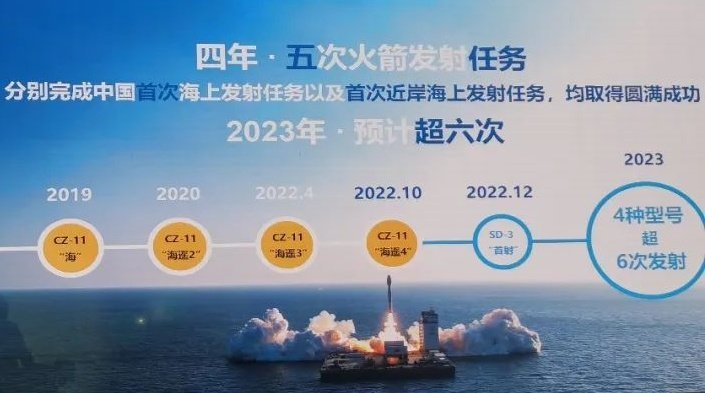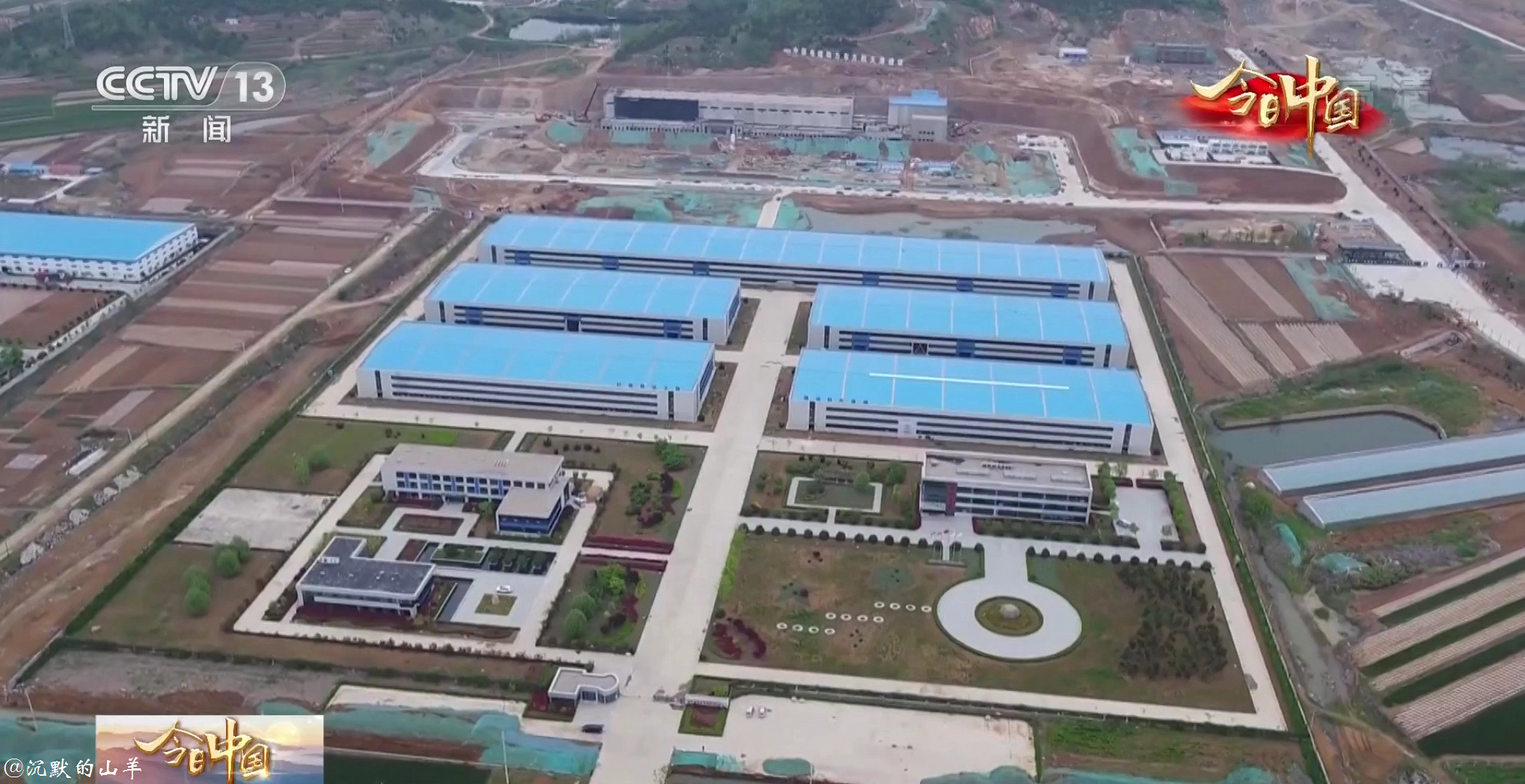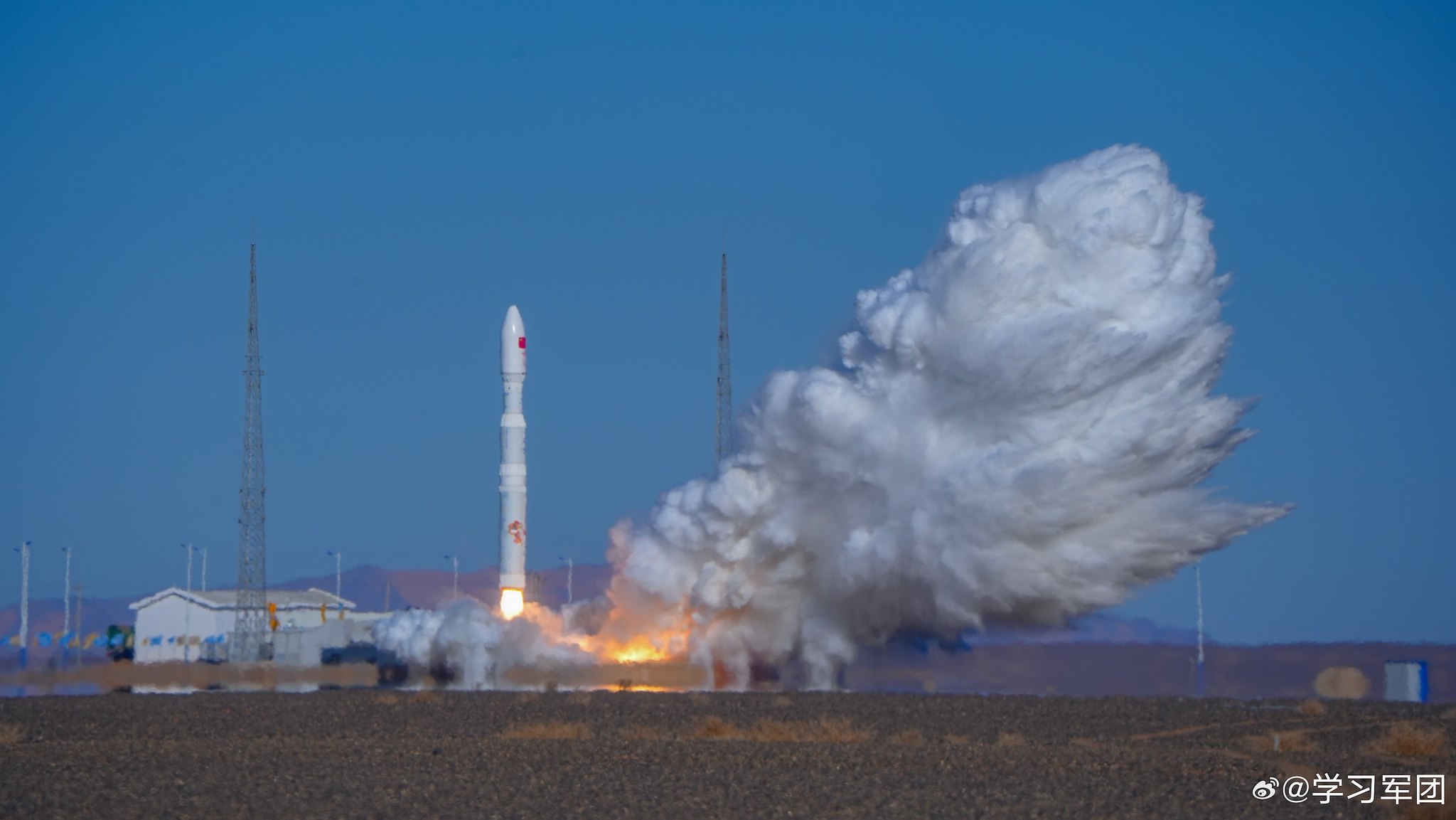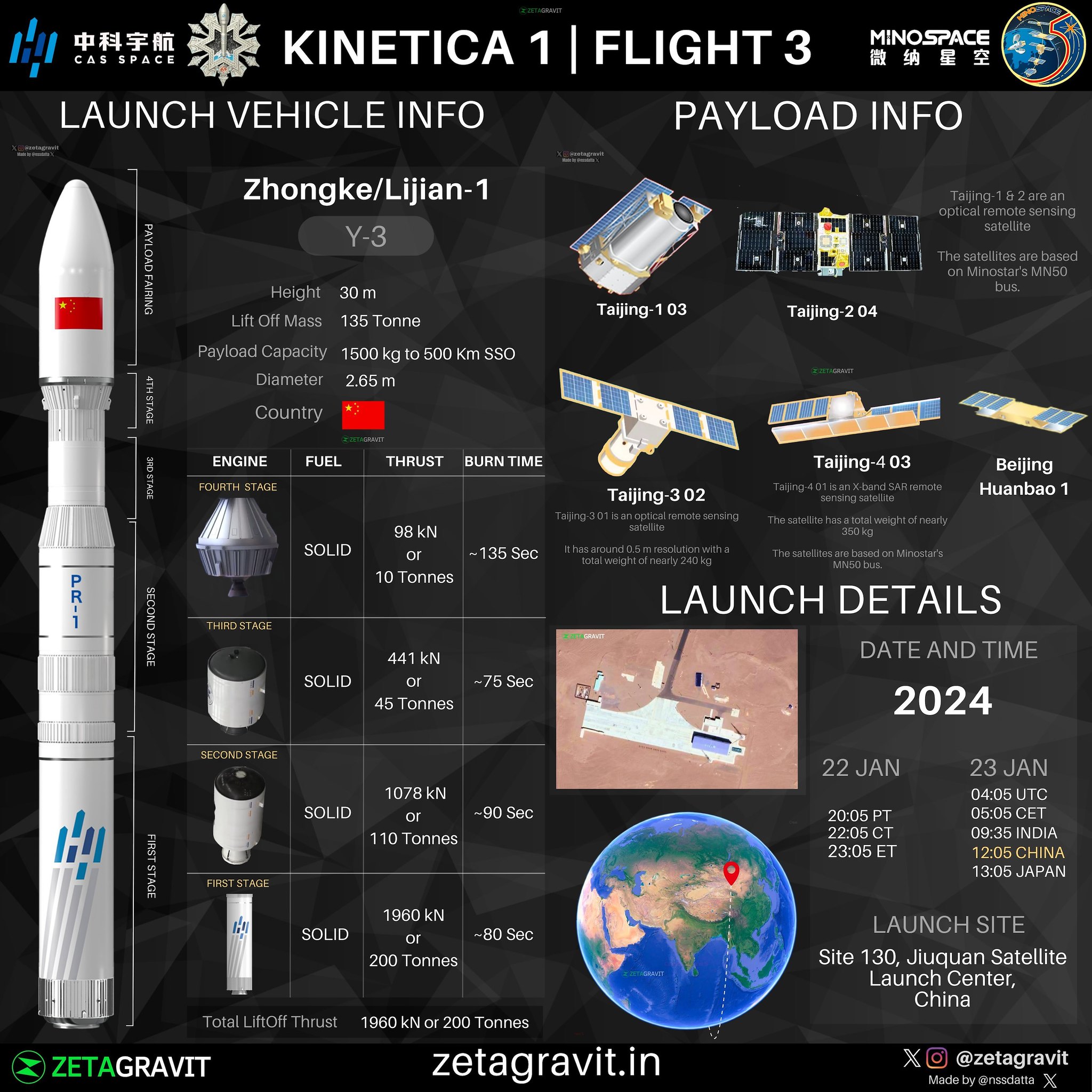Yes. But look at the evolution of each technology.
1. If we're looking at space based mining, it's the Moon, Mars or an Asteroid.
On the Moon, the only possibility is Helium 3 which mooted as a cheap fuel for fusion. But there are 2 big problems:
a) Fusion doesn't work
b) Solar electricity generated on Earth is already approaching a near-zero cost (<1cent/kWh). At equatorial latitudes, this will be available year-round during the daytime. And at more northern/southern latitudes, this electricity availability will be weighted towards the summer and less during the winter. Also consider that space-based solar will have to compete with ground-based solar panels.
2. On Asteroids, you're going to need a lot of missions to capture an Asteroid. Before doing so, you'll want to know what is on it. Then you have to wait for an Asteroid to pass by. And then you'll have to develop all the technology to mine an Asteroid. Then try to figure out how much the value of those minerals will drop when you flood the market with the mine's output. There will be years and years of advance notice as to the viability of such a project.
Alternatively, you could try the Asteroid belt. There are pros and cons compared to capturing an Asteroid near Earth, but it's still years and years of advance notice of whether such a project is viable.
3. Mars is just too away for bulk transport to Earth to be viable.
---
What large payload LEO and GEO sensors are we talking about?
With a constellation of just 138 LEO satellites, we already have a revisit time of 10minutes.
How many people will be willing to pay for coverage which is more frequent?
And there is a limit to how many spectrums (visual, infrared, comms, radar, etc) which are viable
Revisit time of 10 minutes is a bit long.
Revisit time of under 1 second would be more optimal, and across multiple spectrums of course -- SAR, radar GMTI, radar AMTI, IR, visual.
Add to that you'd probably want multiple layers of redundancy per sensor, and the need to regularly refuel and/or replace your sensors, and you'll be giving yourself quite a large regular launch demand.
---
Eventually LEO space will become very crowded and at that point, satellites will be forced to become large, if they aren't already.
And looking back to the commercial aviation industry as an analogy, I'd say the current space industry is roughly equivalent to the situation in the 1920s. Aircraft have been around for a while now but are expensive. They've demonstrated some revolutionary military utility, there are some civilian applications and the technology is still undergoing rapid improvement.
I would say that China definitely needs a fully reusable heavy-lift (Starship) rocket within 30 years (and probably sooner than that).
But for the next 10 years, a Falcon-9 sized rocket will likely be more cost effective.
The point of what I'm saying is that the speed of development and advancement is something everyone should be cognizant of. There's no clear trajectory as to when certain things may or may not come to pass, so it makes more sense for all the players to get onto bigger and better launchers earlier rather than later.
Remember that the limit of say 50K-70?K satellites in LEO will have to be shared across all companies and countries in the world. So far we've got announcements for the following satellite broadband networks:
Starlink 12K->42K
Kuiper 4K
G60 12K
Guowang 13K
So we can already see that there won't be enough space for a >50K satellite networks for maximum redundancy.
Well, there can if you get there first and muscle out the other guys.
On refueling LEO satellites, remember that Starlinks are currently designed to last 5 years before they fall and burn up. If satellites do start to be refueled, the payload requirement should be a tiny fraction of launch capacity, because these LEO satellites are on fixed routes.
---
So let's go with that figure of 100,000 tonnes to LEO annually.
With a Starship at 150tonnes per launch, that's 667 launches. Call it 2 per day.
If we assume a 2 week turnaround, that's only 28 Starships required. You don't get mass-production volumes when you only produce 28.
With a Falcon-9 Heavy sized rocket at say 50tonnes per launch, that's 1667 launches. Call it 4.6 per day. Again, assuming a 2 week turnaround, you only need 65 rockets.
It's still not many rockets, but it is a significantly higher production rate.
---
And this all assumes a single rocket design is used for all use cases, which is not going to happen.
So the actual numbers of rockets required for each design will be significantly lower.
I don't see how this is relevant to what I've been saying.
It's not the number of launchers which is important, but the payload to orbit that's important, at a reasonable cost.
If they have to do super heavy launches with non-reusable rockets but are able to launch 20 launches a day at low cost, or whether they have a single super heavy launcher that they can launch 20 times a day with a turnaround time of 10 minutes at a low cost, it is unimportant. It's payload to orbit at a reasonable cost which is important.


















